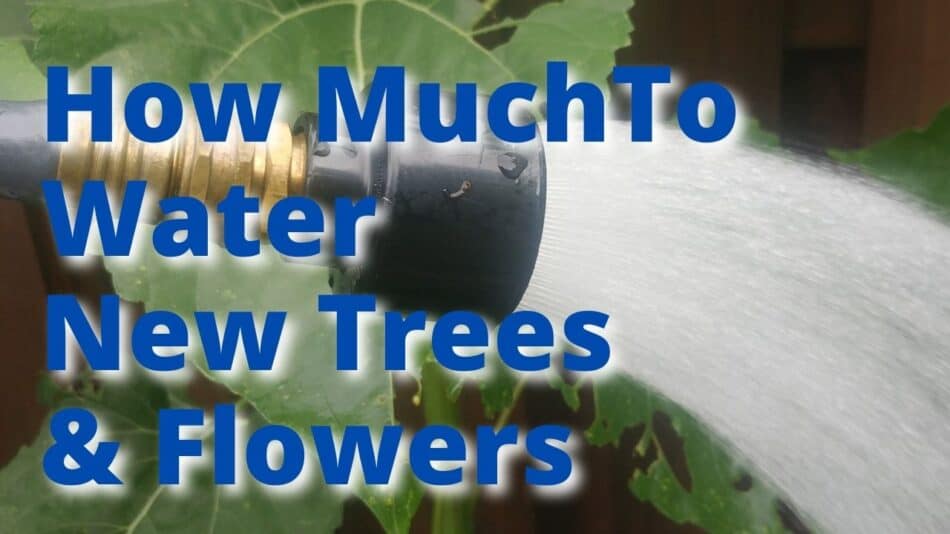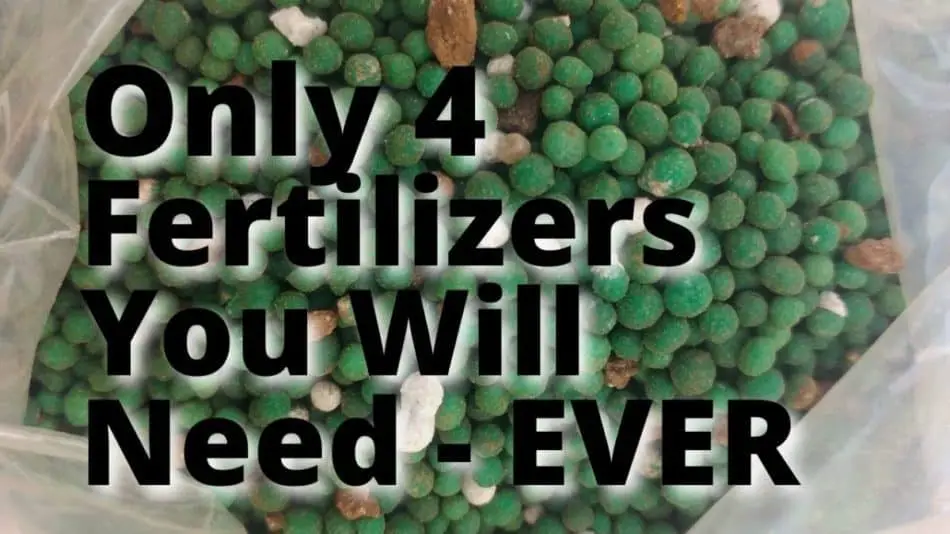Planting foundation plants to landscape around your hose and improve your curb appeal is different than planting in the open landscape. Let me tell you how to make the project run smoothly, and prevent future problems.

The single most important thing you can do is choose wisely.
“He chose poorly…..You have chosen… wisely.”
from – Indiana Jones and the Last Crusade
In a nutshell, consider mature height, width, growing conditions, maintenance needs, and backdrops to foundation plants. Click here to find out more to choose wisely the plants for your foundation plantings.
A few classic choices are:
- Boxwood (Blight resistance), Buxus NewGen Independence®, or Buxus NewGen Freedom®
- Shot Hole Resistant Dwarf Laurel, Prunus laurocerasus ‘Chestnut Hill’
- Isu tree, Dystillium ‘Blue Cascade’, or ‘Vintage jade’
- Dwarf Holly, Ilex vomitoria ‘Bordeaux’‘
- Dwarf Birdnest Spruce, Picea abies ‘Nidiformis’ http://www.pnwplants.wsu.edu/PlantDisplay.aspx?PlantID=375
- Arborvitae, Thuja occidentalis ‘Tator Tot’ ( https://www.provenwinners.com/plants/thuja/tater-tot-arborvitae-thuja-occidentalis )
- Dwarf Japanese Cedar, Cryptomeria ‘Globosa Nana’
- Dwarf Holly, Ilex ‘Soft Touch’
- Japanese Spreading Yew, Cephalotaxus harringtonia ‘Prostrata’ https://landscapeplants.oregonstate.edu/plants/cephalotaxus-harringtonia-prostrata
- Yew, Taxus densiformis https://www.chicagobotanic.org/plantcollections/plantfinder/taxus_x_media_densiformis–dense_intermediate_yew
- Dwarf Mugo Pine, Pinus mugo
- Dwarf Globe Blue Spruce, Picea pungens ‘Globosa’
- Indian Hawthorn, Rhaphiolepis indica

Distylium 
Rhaphiolepis indica 
Yew 
Buxus 
Distylium Vintage Jade 
Ilex ‘Bordeaux’ 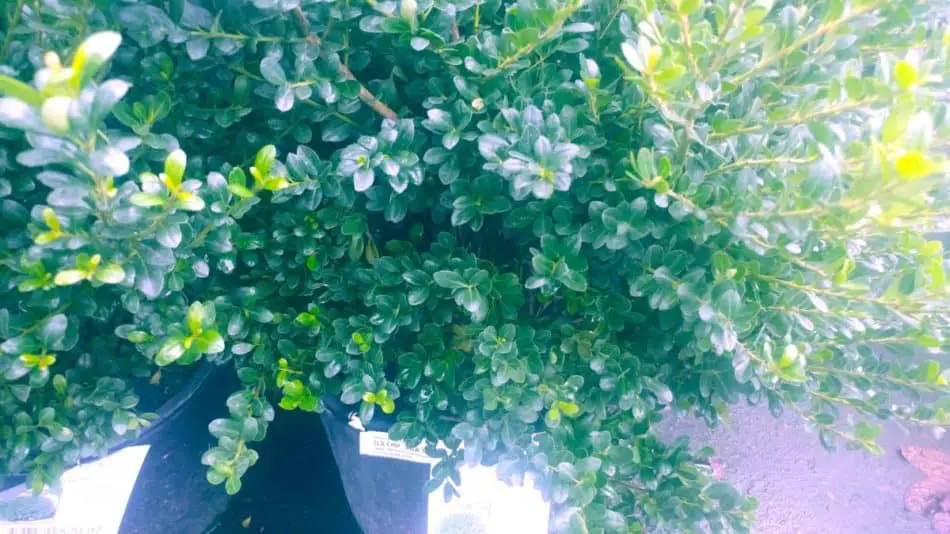
Ilex ‘Soft Touch’ 
Picea pungens ‘Globosa’ 
Thuja ‘Tator Tot’ 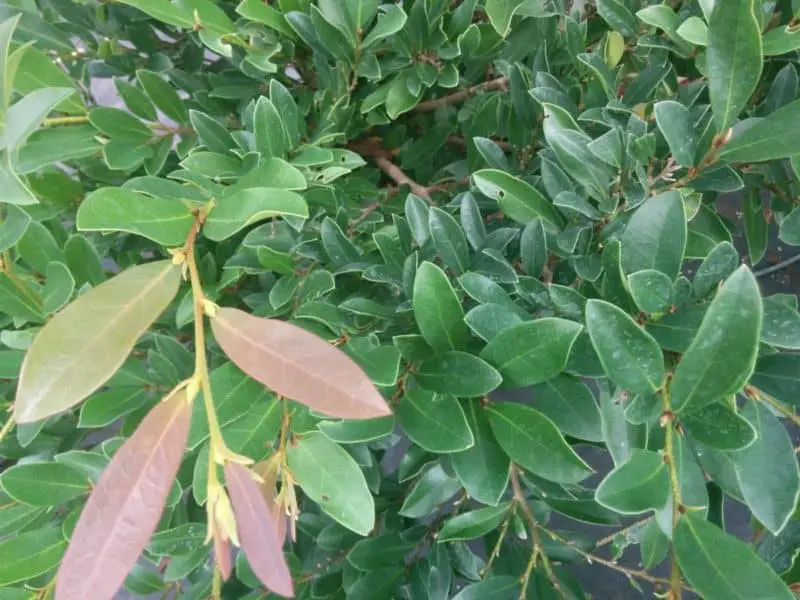
Distylium ‘Blue cascade’ 
Pinus mugo 
Prunus ‘Chestnut Hill’
- Mark utility lines
To locate utility lines from any state in the US, call 811. Click here to go to the website to find out about your state. Your lines will usually be marked in a few days, so call at least the week before to be sure. It will save you a lot of money in repairs if you accidentally break a line, and it is easy, quick, and free.
Mark plumbing & sewer pipes
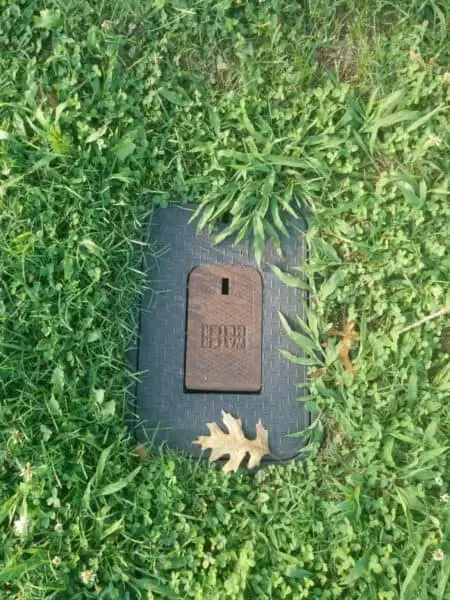
If you are not sure where these are, you can hire a plumber, or a home inspector, they will be able to locate these for you.
This is not a free service like the utility lines, but will also save you thousands of dollars if you accidentally break a pipe. If you are hand digging, you can carefully dig without this step, but if using any mechanical digging, this step is crucial!
- Look up, for roof eaves location
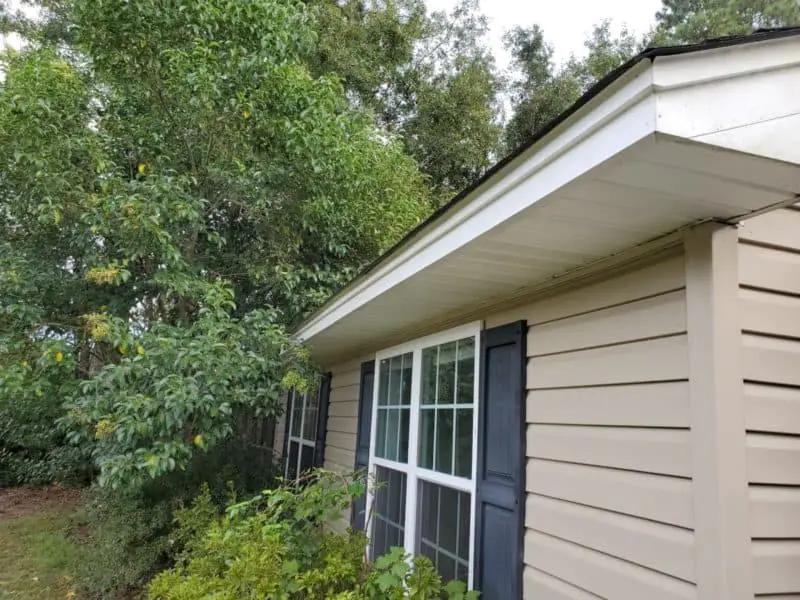
Where is the drip line from the roof? Do you have gutters? Where do they empty out to?
Shrubs planted under wide eave overhangs will struggle. Either because the drip line is pounding directly on the plant, or it does not get enough water because the soil is dry underneath the eave
.
- Check house grade.
Grading of the surrounding land should flow away from the foundation, if this is not the case, fix this prior to planting foundation shrubs.
https://www.youtube.com/watch?v=5hYIda7tWqA How to Properly Grade Around Your Home, Milwaukee sewerage district
- Look up, for power line locations

For taller sections, at the corners for instance, that you may want to put foundation plants, look for overhead utility lines.
. Your shrub or tree may start out small, but do not plant underneath an overhead line. In time, it will likely interfere with those lines, causing a problem in the future.
- Note house mounted, or near hose utility boxes, for maintenance access.

Cable, power, internet, and telephone are all good examples of what you may find.
These will need to have clear access to them, plan accordingly. Yes, you can screen them from sight, for curb appeal, but also plan for wide, non-thorny, access for years to come.
- Note points of entry access.

Notice where the openings for crawl space entry and basement venting are, so as not to block.
- Note water spigots & power outlets
You will want these open for the long-term future for easy use.
- Consider holiday decoration installation access
Will you be hanging decorations and lights? Where does the ladder need to be to safely use it? Do not plant your foundation plants where a ladder needs to be placed for safe use.
- Dig planting holes.
Now that you have which plants will work for you, and a plan about where to plant them, you can start to dig holes or trenches.

Measure out from your house, the planned distance from the house to get out from the eaves, and be more than half of the distance from your house as the plants will be in final width.
This will look way too far from your house. It isn’t. Do not plan to trim behind the shrubs to keep them away from your house. Everyone thinks that, but does not.
Spray a line with inverted spray paint, or draw a line in the soil with a dragged shovel, whatever works best for you with your local conditions.




Dig the hole, or planting trench, as deep as the container the plant is in. If you need to amend the soil for pH, this is the time to do that.
If you dig too deep, pat down the soil at the bottom to make a firm base. The roots will go outward much more than down for plants used for foundation planting.
- Plant
Remove the plant from the pots they are in, either loosen the roots gently, like you were going someone a scalp massage briefly or if thick with roots that no soil falls when removing the pot, cut with a knife down the sides of the root ball, cutting roots 2-4 times. On the halfway around points, or on the quarter way around points down the depth of the root ball, about an inch deep. This root prunes the roots to prevent root circling, and encourage new growth.
Place in the pre-dug hole, and backfill around the root ball, halfway, with either the native soil you removed while digging out or a mixture of native soil and up to ⅓ soil conditioner.
Add half of the recommended plant starter fertilizer with mycorrhizal. Click here to see the current price on Amazon for Biotone, an organic starter fertilizer, and mycorrhizae in one.

Water in.
Fill the remainder of the hole with soil, or the amended soil. Putting the other half of the starter fertilizer just an inch or two down below the final grade of the soil.
Make a moat around the plant, wider than the root ball, to hold and let the water soak into the ground over the root ball. Do this 3 times. Mulch with 2-3 inches of mulch, but do not have the mulch touch the trunk or the tree or shrub.


